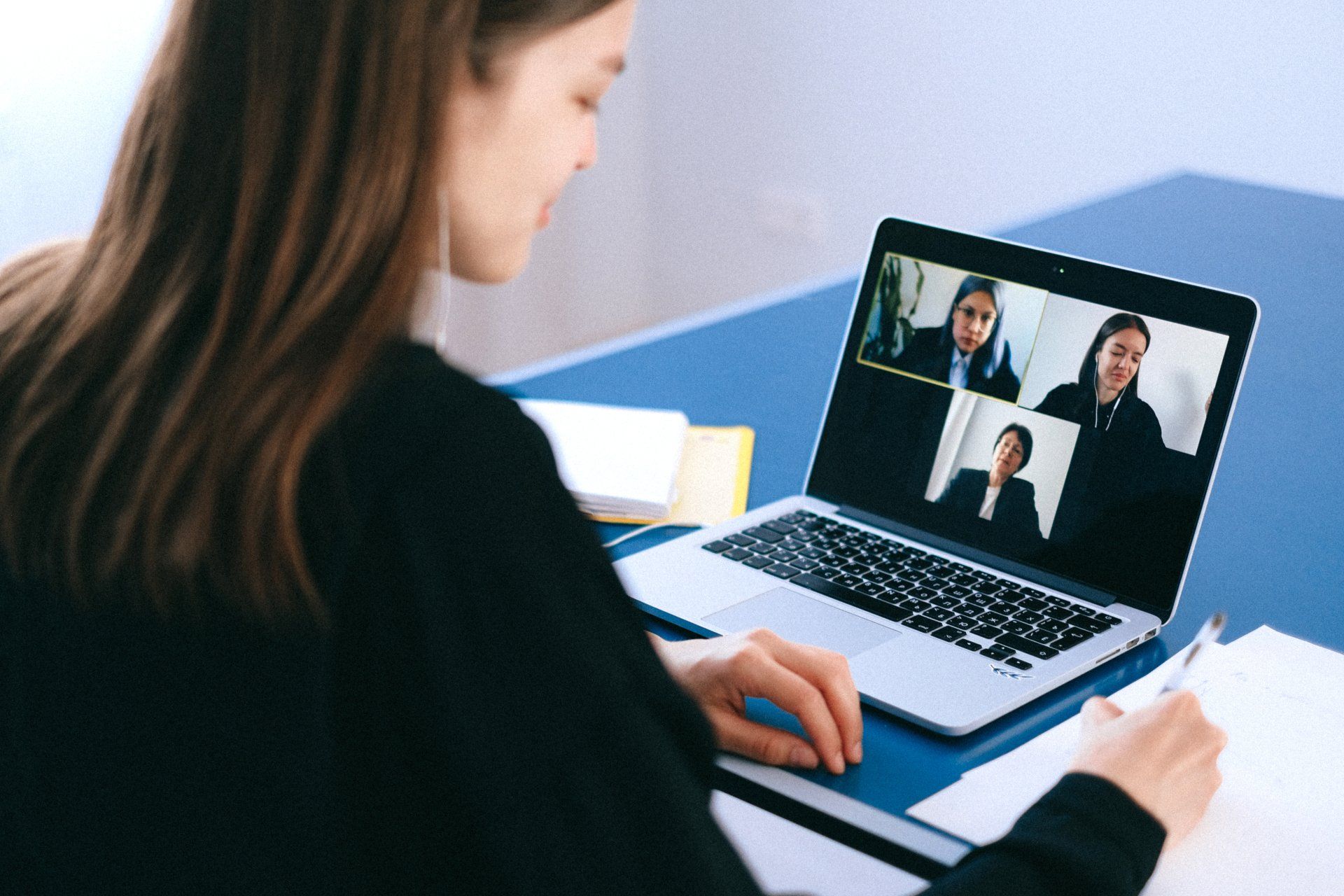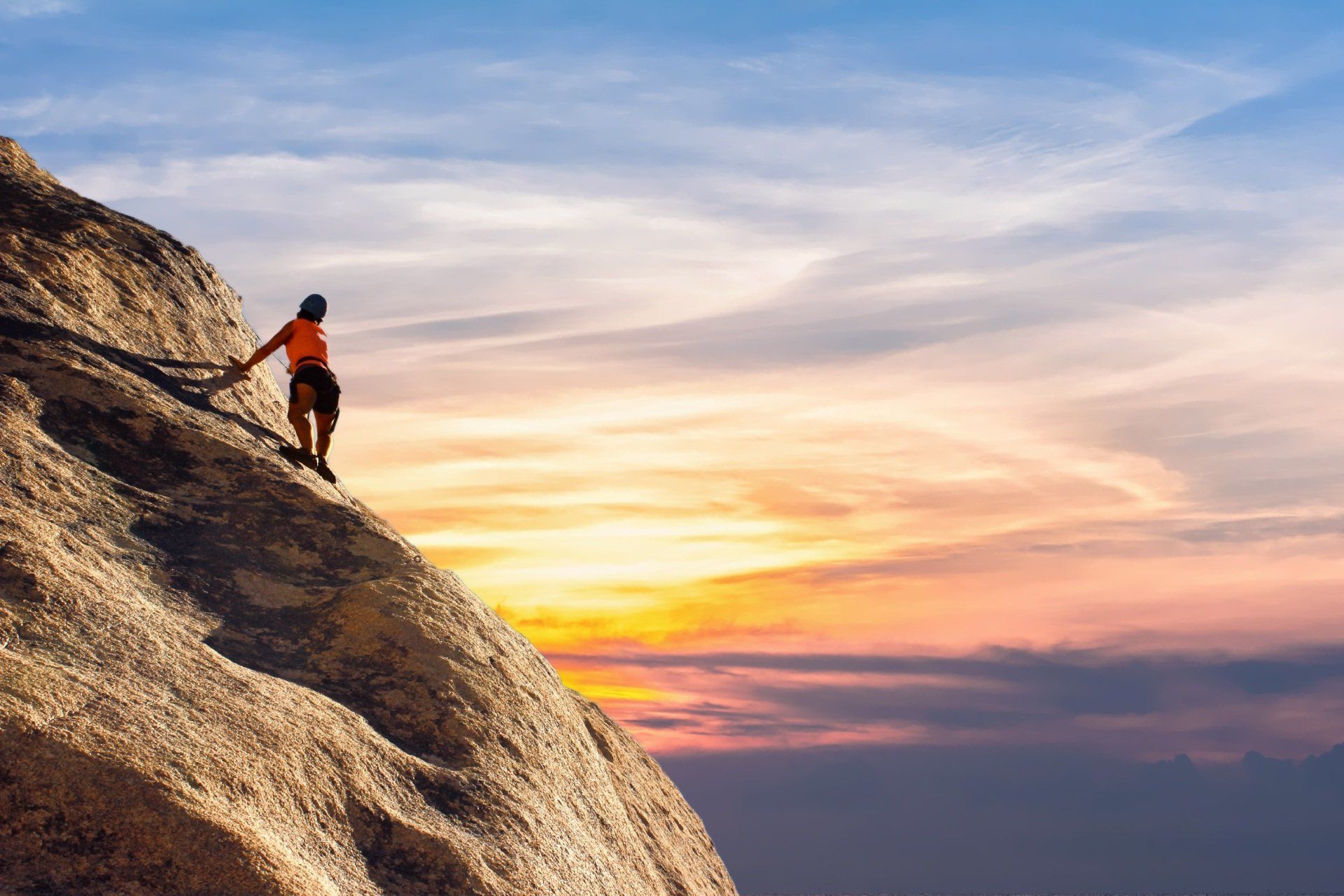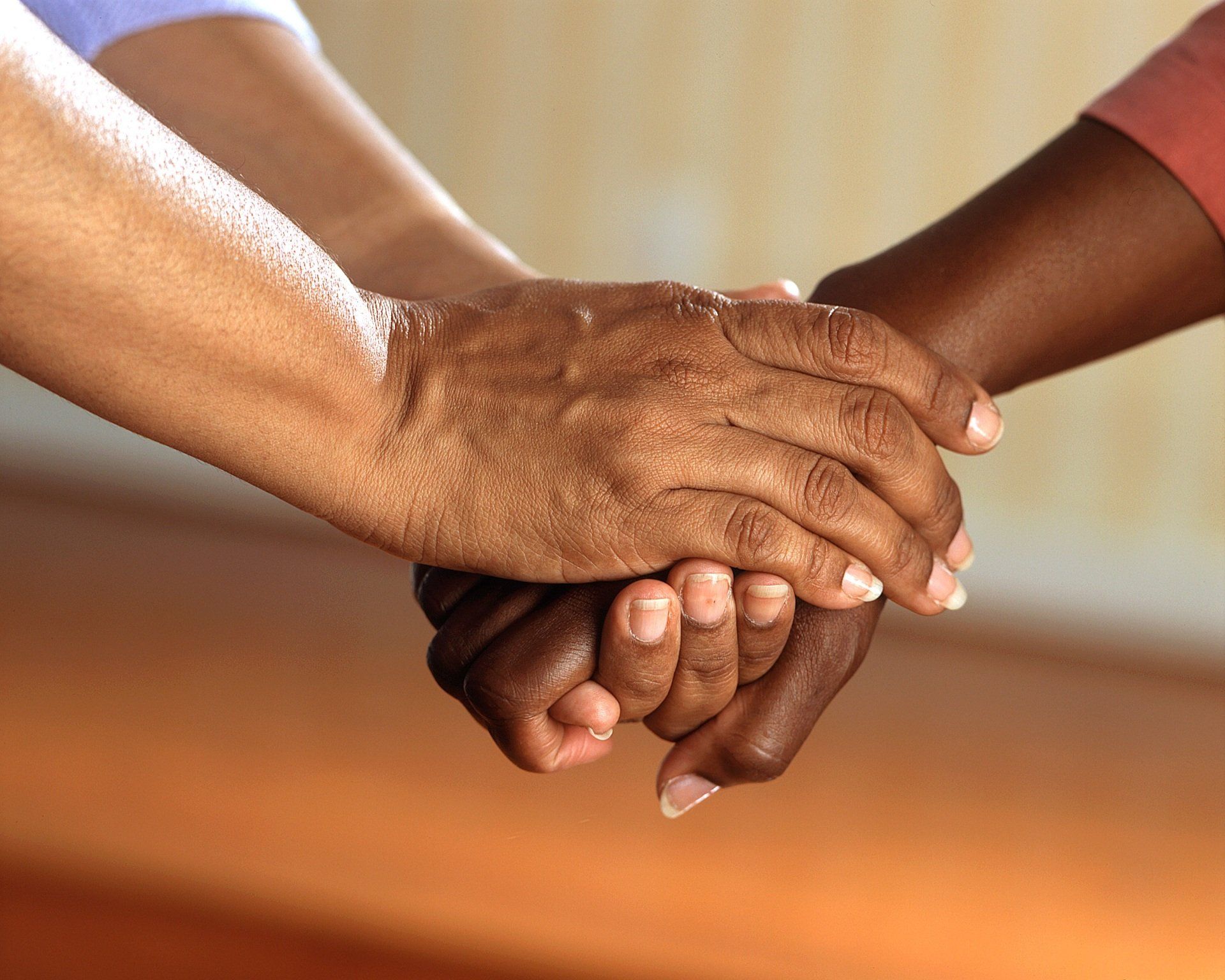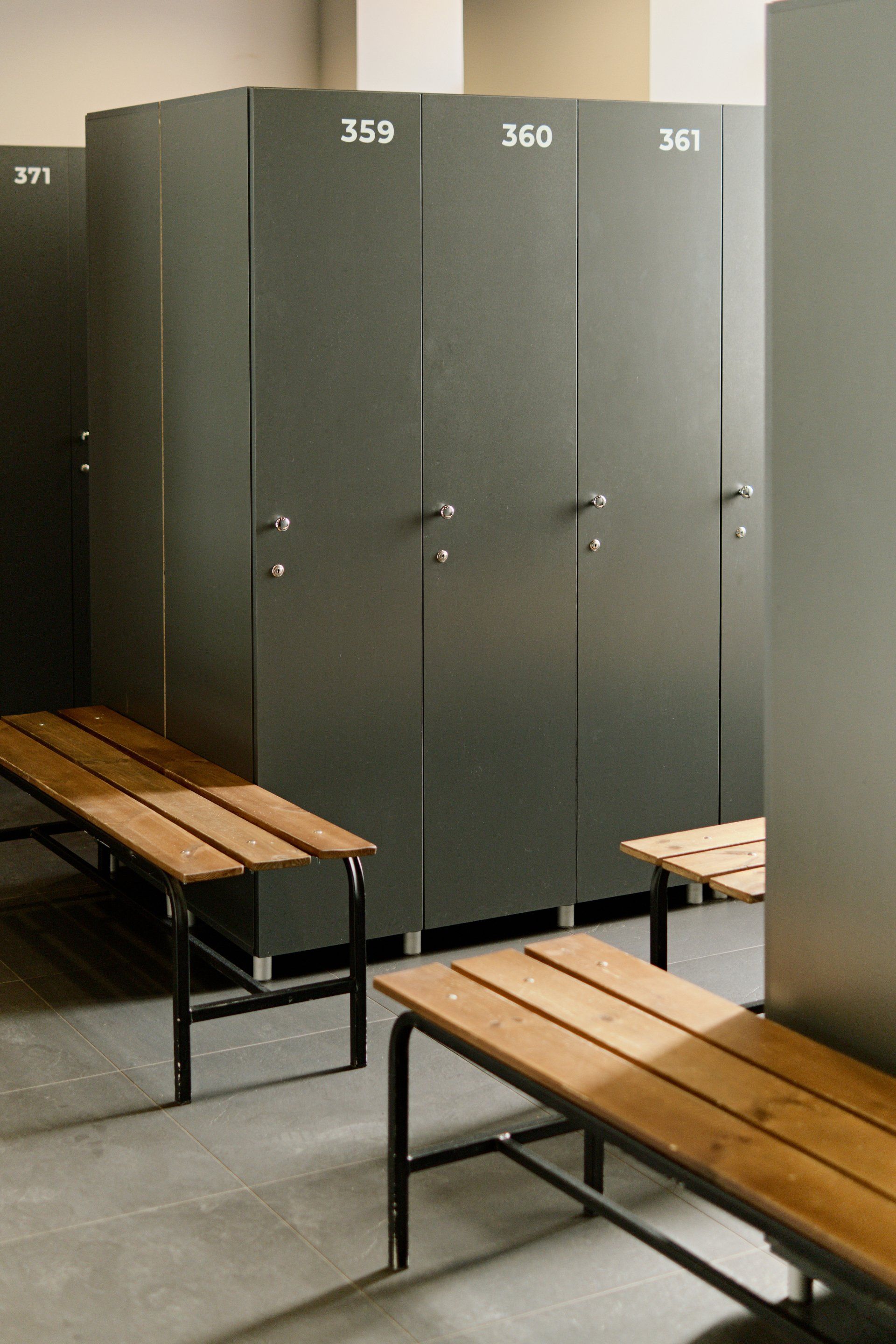


Yoga Studio 101: Essential Tips for Attending Your First Class
Trying new things can be hard. Especially if we are not accustomed to stepping outside of our comfort zone regularly. Therefore, if you have never attended a yoga studio before, it might feel nerve wracking. You may even find yourself thinking some of the following…
Will everyone know that I am new?
What if I don’t know where to go or what to do?
Will I embarrass myself?
Where do I put my stuff?
Maybe yoga isn’t for me…
I’ve come up with a guide on what to know and how to prepare for your first class, in the hope that it might alleviate some anxiety that you may be feeling before attending.
Firstly, it’s important to note that all yoga studios are different in terms of size, ethos, the people that they attract, style of teaching and studio rules etc. so it’s very difficult to cover everything. The below is a general guide that will apply to most modern yoga studios, particularly those that you will find in the UK.
What to bring?
I’d recommend bringing the following: A water bottle, yoga mat (unless the studio provides these), a small towel and your everyday personal belongings (e.g. wallet, phone, keys etc). If the studio has showers and you plan to shower and change after class then of course you will need a change of clothes. In this situation, check to see whether the studio provides towels and body wash or whether you will need to bring these from home.
What do I wear?
- Clothing
Contrary to what instagram might have you think, there is no specific dress code for yoga - you can wear whatever is comfortable for you. I would recommend choosing clothing that allows for a full range of motion, that is breathable. You will usually find people wearing leggings, shorts, or loose fitted, light trousers. For tops, it’s common to wear sports t-shirts, vests, crop tops or sports bras. Please don’t think that you need to wear expensive or branded clothing, what is most important is your level of comfort and ease of movement.
I recommend bringing a few layers with you as whilst it can get warm during practice, you might find that your body is cooler at the start of class and also again when you are lying in savasana (the final resting pose) towards the end. I tend to bring a long sleeve top or light hoodie/sweatshirt into the studio, as well as socks. I then put these on before savasana so that I’m cosy for this final meditative pose.
- Footwear
In terms of footwear, yoga is practiced with bare feet. Usually when you arrive at the studio you will remove your shoes and leave them in a shoe rack at the door or place your shoes in a locker. Because of this, wearing slip on shoes like flip flops or slides can make things easier, however you will see people wearing all sorts of shoes to and from yoga.
- Other
Be mindful not to wear strong perfumes/scents out of respect for your fellow students as some people are sensitive to certain scents and you are often in close in proximity to others.
Where do I put my stuff?
Most yoga venues have a specific area for you to store your personal belongings so that you don’t need to bring them into the actual studio. I’d suggest checking out the studio website first to see if they mention if they have lockers, if so, find out if you need to bring a padlock or if they are provided for free or at a charge. Some studios have open lockers where you can store your things but they aren’t secured with a lock. These open lockers could be in the actual yoga studio or you might find that they are in a different room.
If you are really concerned about the security of your items, then I’d give the studio a call in advance to see what the situation is. Worst case scenario, you could probably get away with bringing a very small pouch into the yoga studio and placing it at the top of your yoga mat. Alternatively, you could place small items such as a cardholder or keys in your pockets, but be warned, this could impede your practice if the items in your pockets cause your clothing to sag or they dig into your body whilst in certain poses.
Most yoga studios don’t approve of you bringing mobile phones into the studio as your yoga practice is a time to be introspective and present to your body, mind and breath. There is also the risk that you or another person could accidentally step on the phone, trip over the phone or that the notifications could disturb others.

What do I need to tell the teacher beforehand?
You technically don’t need to tell the teacher that you are new, however it might make you feel more comfortable if they are aware that it is your first time attending a yoga class. The teacher might also give you some helpful info or take more time explaining poses if they are aware that you are new to yoga. I would highly recommend informing them if you are pregnant, have an injury that you are working with of if you have any other concerns.
If you would prefer not to be physically adjusted/touched by the teacher during class then this is another thing that you might inform them before class. NB: This is perfectly acceptable and more common than you would think so please do not feel awkward communicating this boundary. Many teachers these days teach from a trauma informed place and are careful to obtain consent before physically adjusting/touching students but unfortunately not every teacher out there does this. This is a topic that I will be exploring in another blog.
Etiquette?
This can really vary from studio to studio and it’s hard to give a one-size fits all answer. If it’s your first time visiting a studio, then I’d recommend taking the lead from the other students around you.
For example, many studios ask you to refrain from chatting to others once you enter the room where the class is taking place as it’s seen as a sacred, meditative space. Therefore if you notice that the room is quiet and nobody is speaking, then don’t try to start up a lively conversation with the person beside you. However, it’s always nice to smile at the person beside you or give a quiet ‘hi’ as a friendly acknowledgement. In saying that, not all studio’s operate this way and in some you will find that it’s really common for students to be happily chatting away to each other on their mats before class.
More etiquette tips:
- Timeliness
Please ensure you arrive on time or ideally a little earlier than the official start time. I’d recommend arriving at least 5 minutes early to set up your mat and get comfortable. It’s generally seen as disrespectful to turn up to class late as the practice will have already started and often a yoga class starts with a meditation or breathing exercise, during which having someone walk in late can be disruptive.
- Stay for Savasana
Likewise, it’s usually expected that you stay for the entire class, including savasana (the final resting pose) which most yoga classes will end with. Unless there is an emergency, to leave during savasana is usually seen as disruptive and therefore disrespectful to the teacher and your fellow students. It also means that your body and mind miss out on what is often thought to be the most beneficial point of your yoga practice - a chance to practice being completely at ease and in a place of surrender.
- Move mindfully
You don’t need to tip toe, but be careful not to stomp around beside someone who is already peacefully lying down on the ground having a quiet moment before class starts.
- If you arrive a little early
Find a mat (or a place for your mat) and either sit in a comfortable position, lie on your back or even feel free to practice some gentle poses or stretches to warm up your body.
- Stay within your personal space
If a pose calls for you to move into another person’s space, try to stagger yourself so that you aren’t colliding with them by either moving slightly forward or back on your mat.
- Avoid walking on someone’s else’ mat
This feels like common sense from a personal hygiene perspective and to show respect for others belongings but also because one’s mat is often viewed as an individual safe space during class.
- Put back what you used
After class, ensure you wipe down the studio mat that you were using (if this is required) and put any props away (such as bolsters/blankets/straps) that you were using.

Where do I put my mat?
- Position in room
A yoga studio will usually fall into one of two camps: A) Studios that provide mats which are already lined up in rows when you arrive, or B) Studios where students are expected to bring their own mats.
I’d highly recommend finding out which one the yoga studio falls into before attending, otherwise you might be left mat-less!
If you are new to practising yoga, it may come as a surprise to you but choosing a space towards the centre of the room can be beneficial. You might feel naturally inclined to choose a spot in a corner at the back (where no one can see you!) but you will actually be able to view the teacher a lot better if you are closer to the front of the room. You will also benefit from being able to see students on every side of you, especially as you won’t always be facing the front of the room during a yoga class.
To explain, if the teacher guides the class to turn to the back of the room (and you are in the back row) then you will find yourself to be at the ‘new front’ of the room and will no longer have other students to view as a guide. To be honest, where you place yourself in the room isn’t a huge deal either way, but if this is something that was worrying you then this might be helpful to consider.
- Make space for everyone!
It’s always appreciated by others if you are mindful of the people around you. For example, if you notice that the class is quickly filling up and another person is trying to find a space to put their mat, you can offer to shift your mat slightly, in order to make room for them beside you.
What happens if I can’t/don’t want to do a certain pose or movement during class?
The beauty of yoga is that you have complete autonomy of your body. This means that there is nothing compulsory that you must practise during class. Yoga promotes listening to your body and responding accordingly. If you don’t wish to practice a certain pose, for whatever reason, then there is always the opportunity to move into a resting pose instead. This also applies if you are tired and would like a break.
A great resting pose is Child’s pose (Balasana) and this might be a helpful one to research in advance. If you were to move into Child’s pose during class it’s unlikely that anyone would think anything of it. Alternatively you could choose to move into a comfortable seated position (e.g. cross legged or kneeling) and focus on your breath. You could lie on your back for a period of time or if you were standing, you could move into Mountain pose (Tadasana).
Be respectful of the energy
Yoga studios usually attempt to cultivate a safe, calm and peaceful atmosphere. Therefore, it’s courteous to match your energy to the environment where possible. What I mean by this is it’s maybe not the best idea to talk loudly about getting drunk on the weekend or to be gossiping or speaking negatively about others, just to name a few examples. The aim is not to ‘change’ who you authentically are but to once again be mindful that a yoga studio should be a safe space where everyone feels comfortable.
Don’t take yourself too seriously
If you have read up until this point and are thinking…. This all sounds SO SERIOUS, please allow me to change your mind. If you lose your balance and fall over in a pose, it’s OK to giggle or get up and try again. If the teacher makes a joke, feel free to laugh or smile back. Attending a yoga class should be a pleasant experience (at least most of the time!), not a place for you to suppress your emotion or lose all sense of humour. Remember, at the core of it, you are just a group of humans coming together to move your bodies and breathe together at the same time.
Be inclusive
This one shouldn’t need to be said but I’ll say it. Everyone deserves to practice yoga and to take up space. All ethnicities, body types, gender identities, sexual orientations, physical abilities etc. and we should all be doing what we can to create and maintain an inclusive environment in a yoga community.
Be respectful of the ancient practices and the cultures that yoga originates from
Do your research and understand where the roots of yoga originate. Take the time to learn how to pronounce the Sanskrit words in the correct way, and what those words/poses mean. Shirts that say things like ’Namaslay’ will likely be viewed as extremely offensive to those from India or who practice Hinduism where Namasté is a deeply meaningful word. Take the time to learn and honour that practices such as a Loving Kindness (Metta) meditation, originate from Buddhism.
Yoga is not just about the poses
Lastly, it’s important to realise that yoga is much more than just the physical poses (asana). You could start by educating yourself on Patanjali’s 8 limbs of yoga to get a broader understanding of the different elements of yoga and how you can apply them to your everyday life. These include the Yamas and Niyamas which are principles and standards that teach us how to move about the world.

This leads me to the end of my Essential Tips for Attending Your First Class. I’d recommend trying at least a few different studios, if possible, when you are new to your yoga journey as it might take a couple of goes to find the right fit. You might find that not every space is for you and that’s completely OK.
I hope that you find a studio that acts as a home away from home soon enough and that this post has been useful for you.
All the best for your first class!
More inspiration



